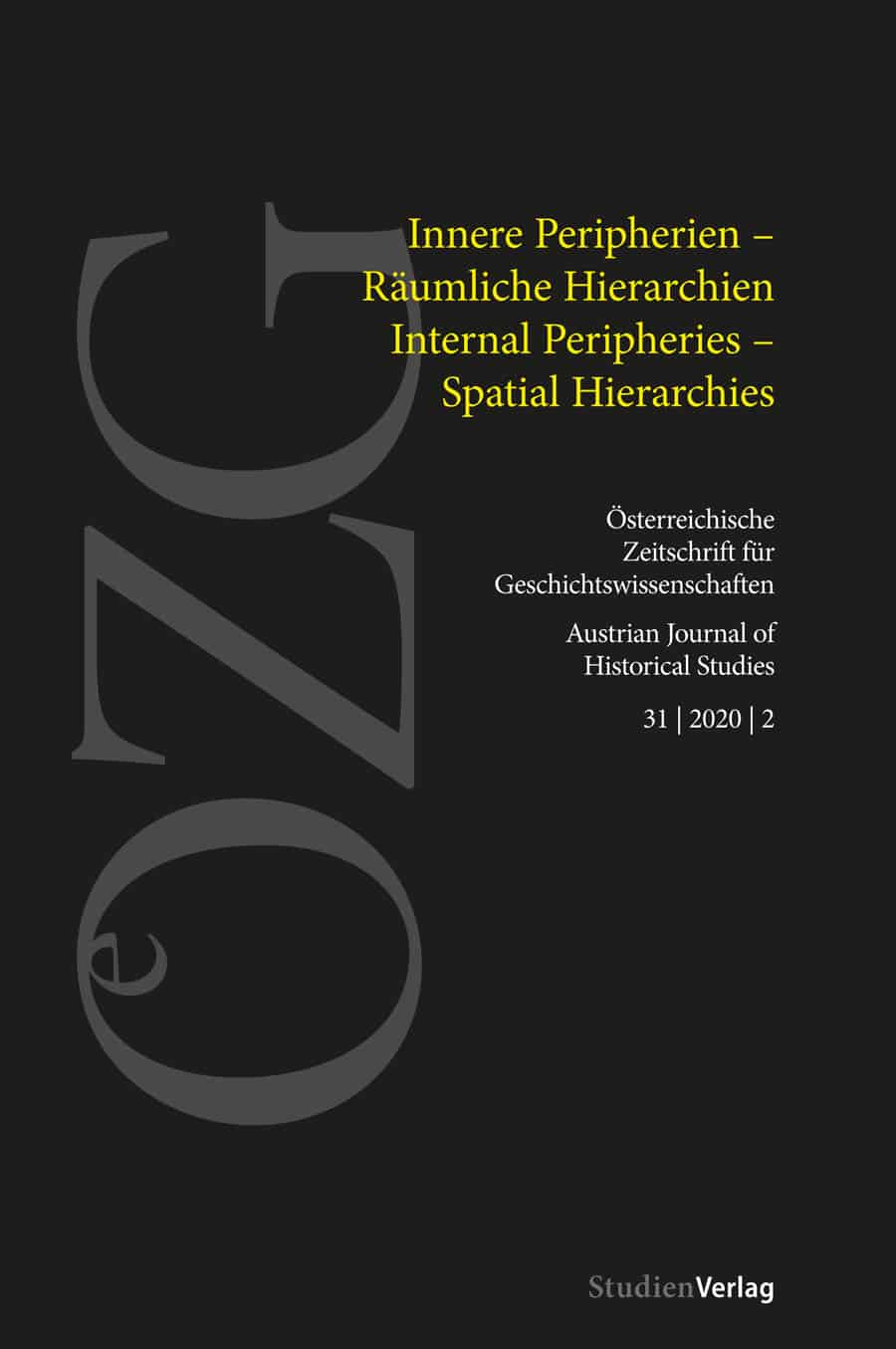Beyond East and West:
Spatial Hierarchies of Economic Development in the Habsburg Monarchy in the 17th and 18th Centuries
DOI:
https://doi.org/10.25365/oezg-2020-31-2-3Keywords:
Habsburg Monarchy, regional disparities, early-modern economy, proto-industry, polycentric monarchy, economic regulatioAbstract
The period between 1648 and 1815 saw an increase in regional disparities throughout the Habs-burg Monarchy. While this was also fostered by the expansion of the Habs-burg dominions at the turn of the 17th to the 18th century, the main causes de-rived from shifting economic activities from mining towards proto-indus-trial textile production. Both domestic market integration and connections to global markets contributed to this development. In contrast to both tra-ditional and current narratives, this article stresses the multiple and com-plex division of labour between core, semiperipheral and peripheral areas in the Monarchy amidst growing regional disparities. Imperial policies that fostered transregional competition supported this process, while discrimina-tory measures as well as the shift of tax burdens towards peripheries caused a growing imbalance of regional development.
Downloads
Published
How to Cite
Issue
Section
License
Copyright (c) 2020 Austrian Journal of Historical Studies

This work is licensed under a Creative Commons Attribution 4.0 International License.


